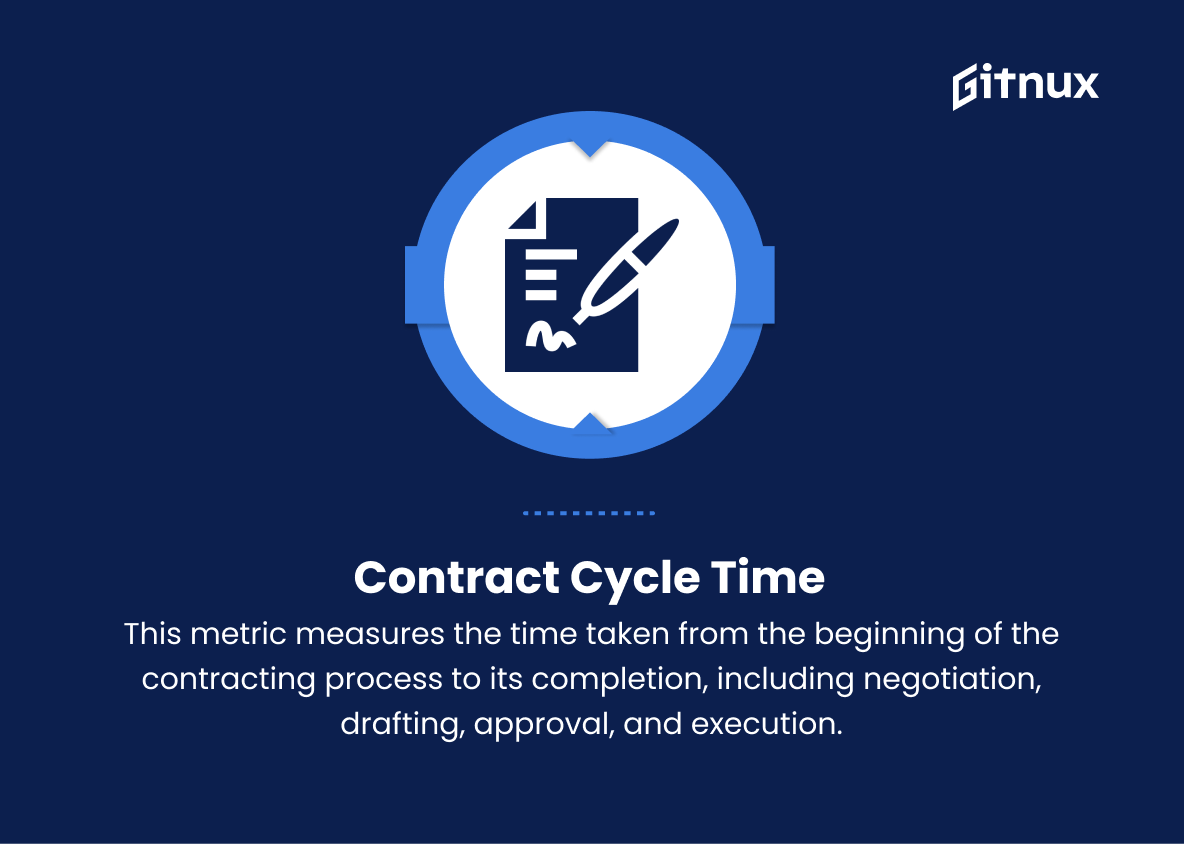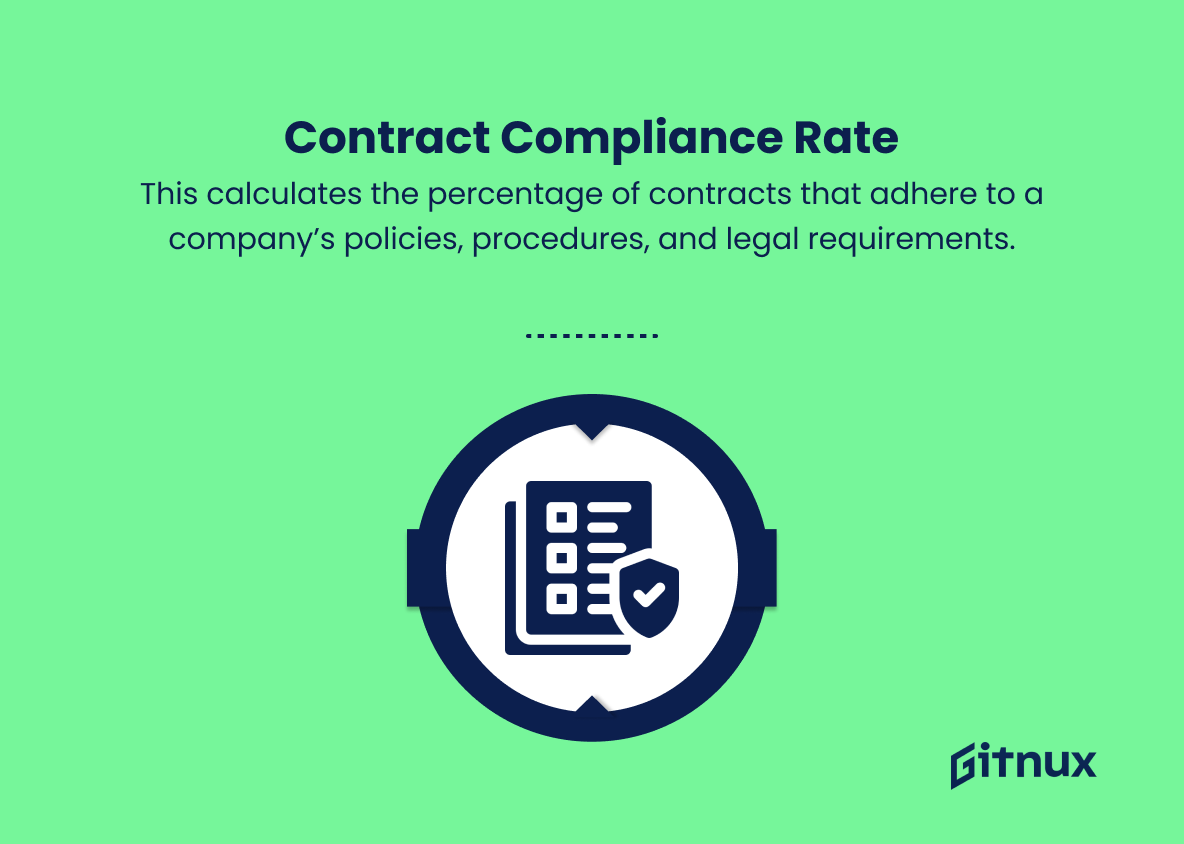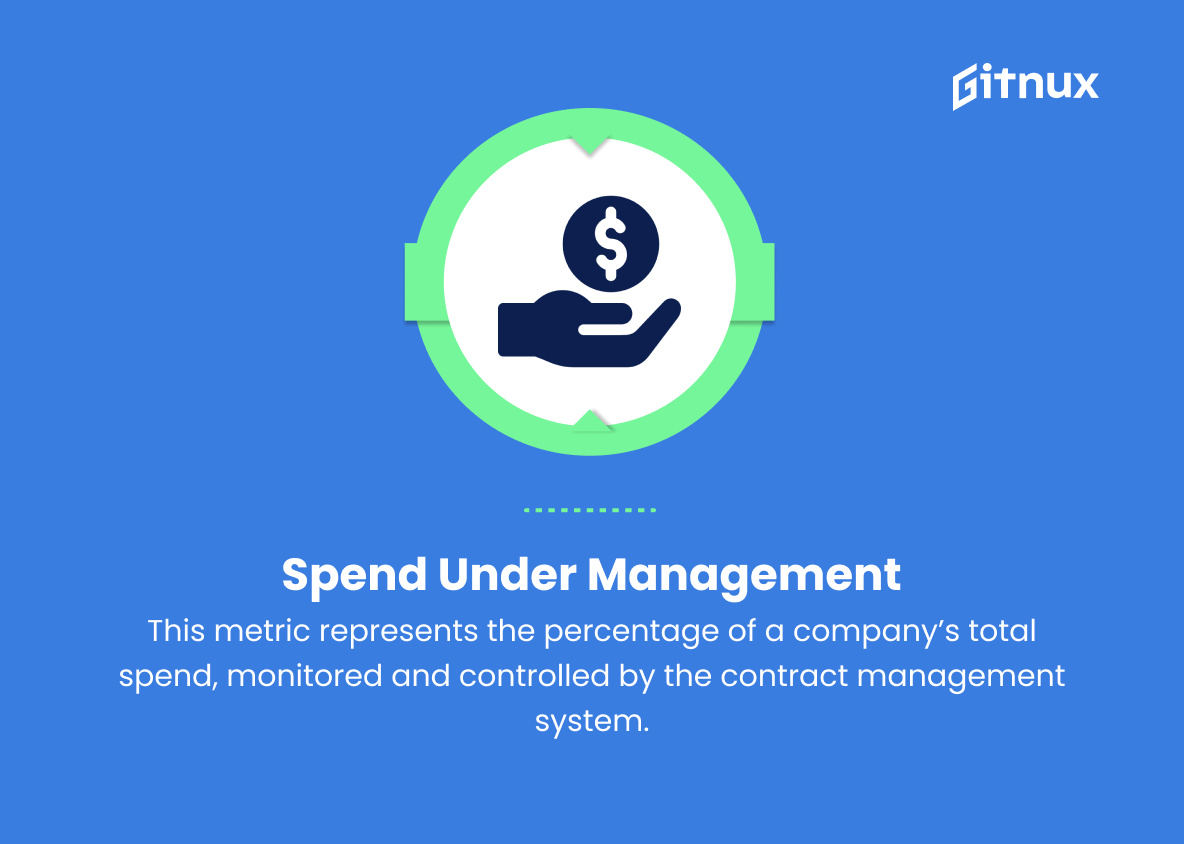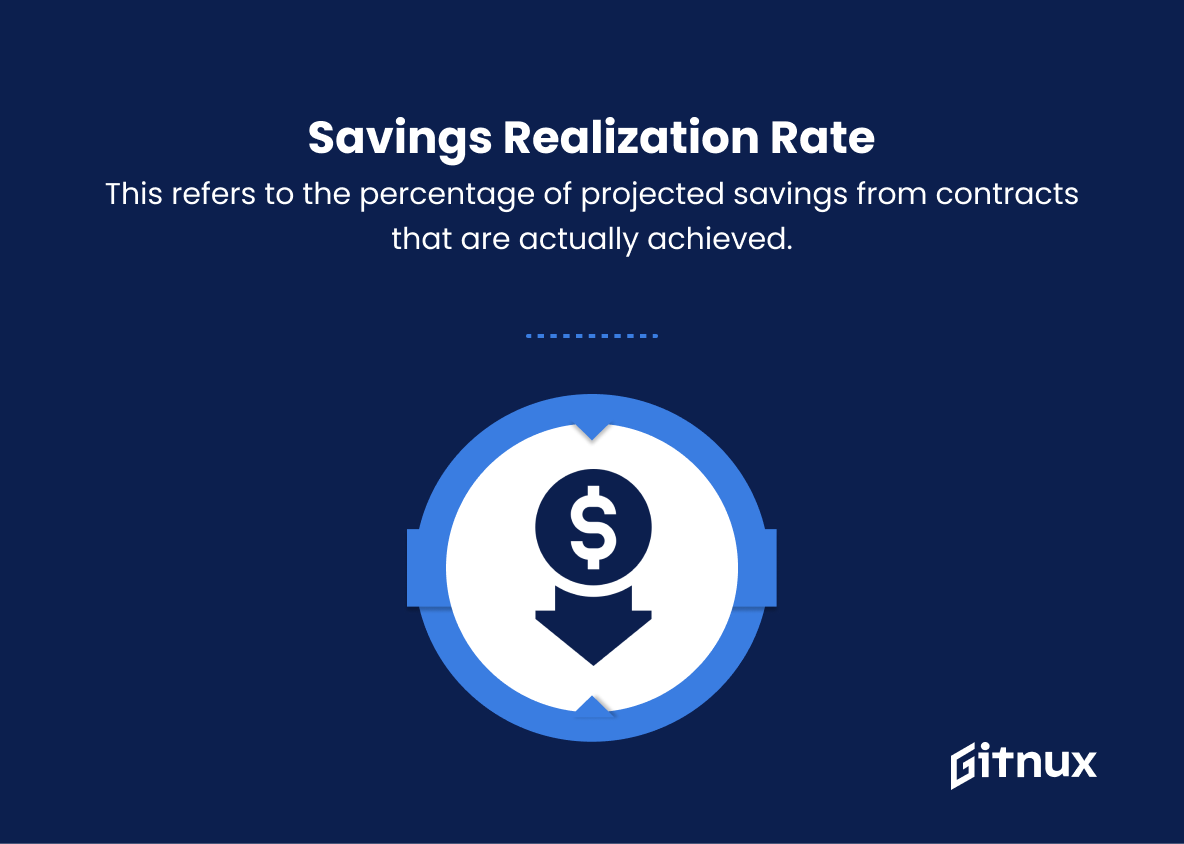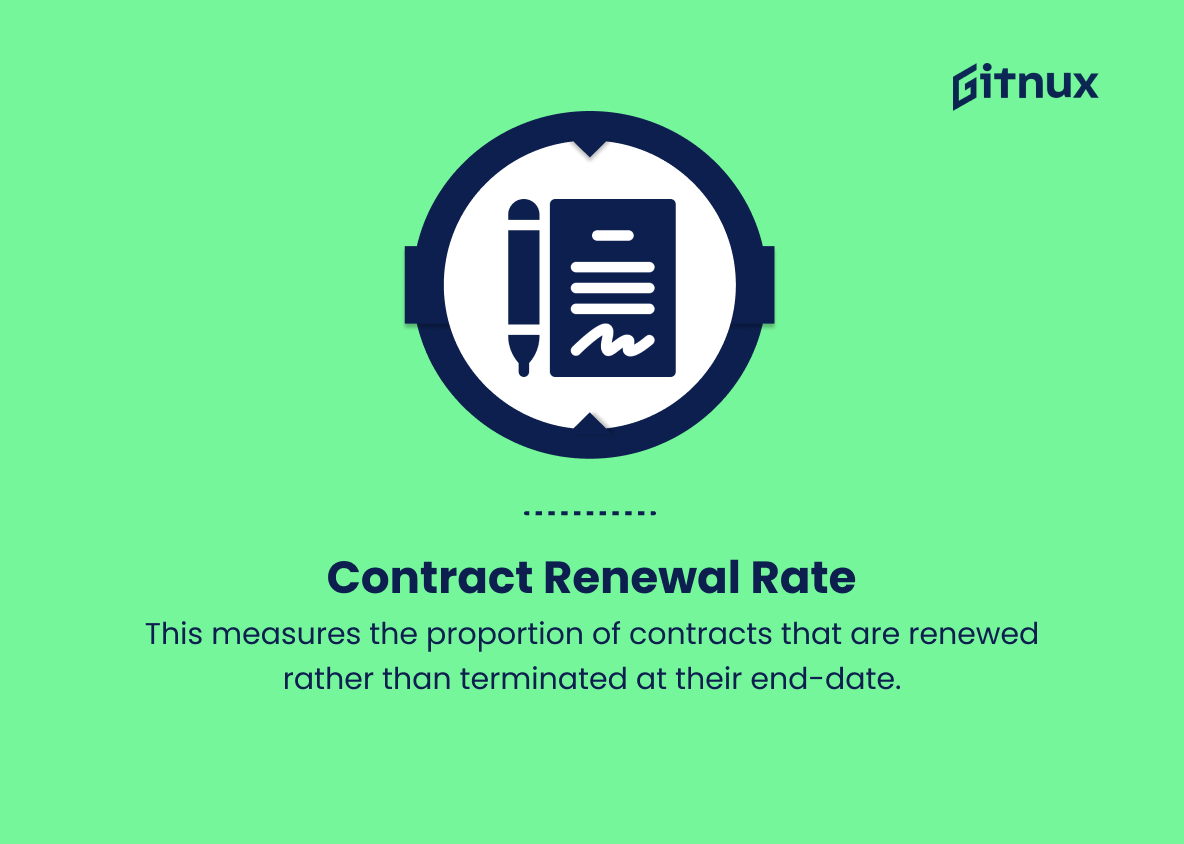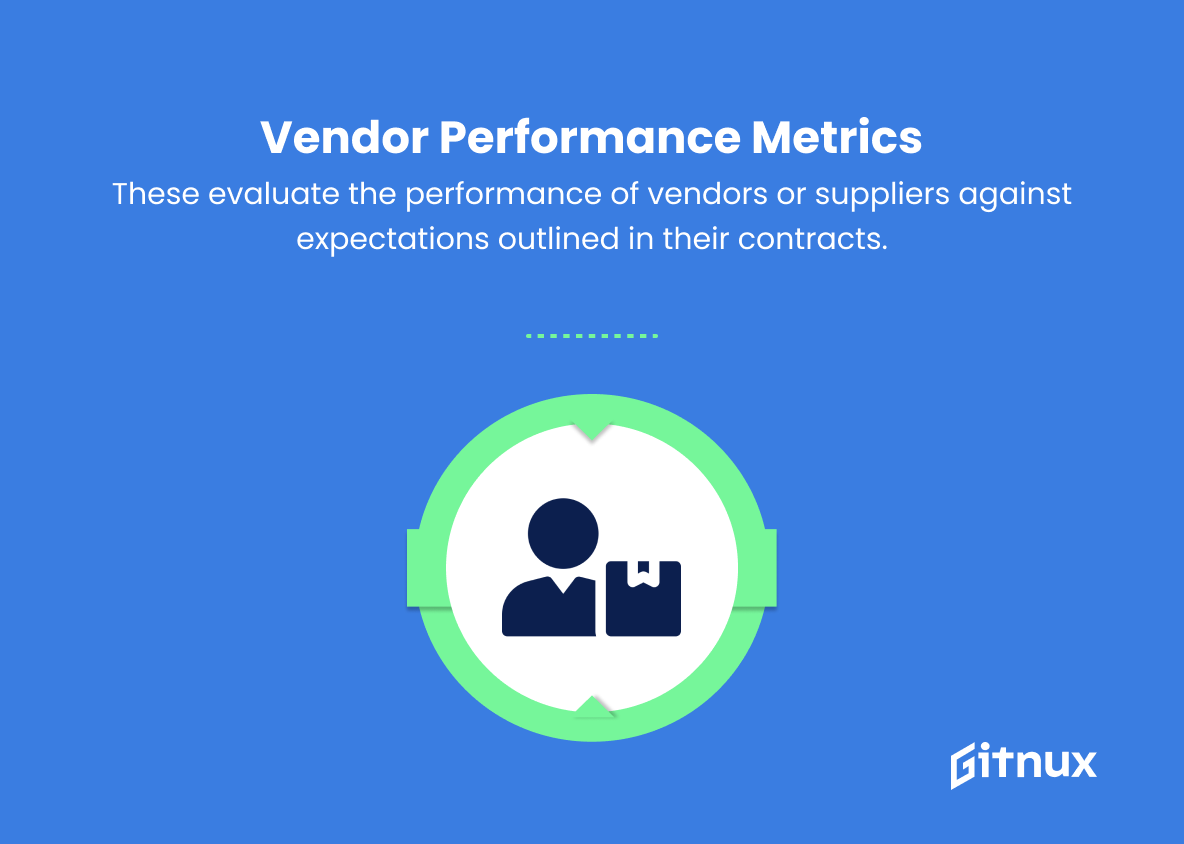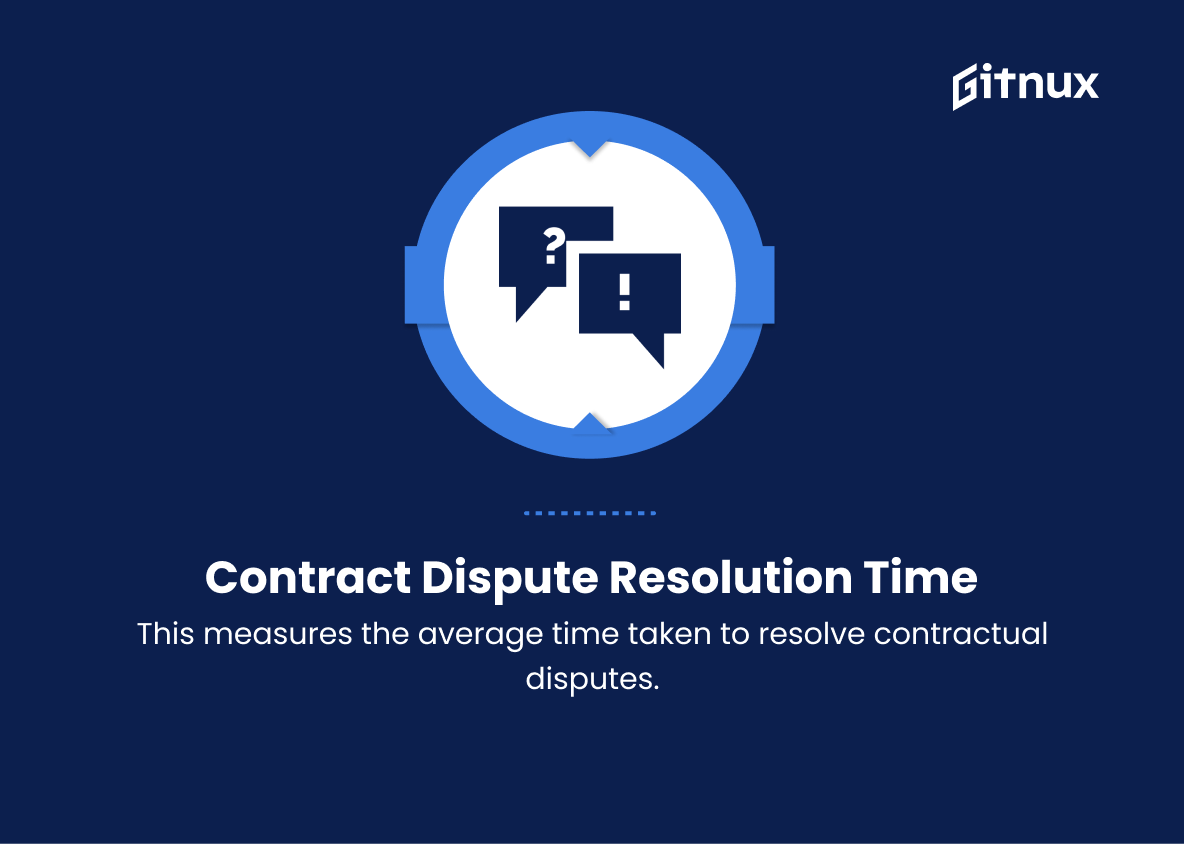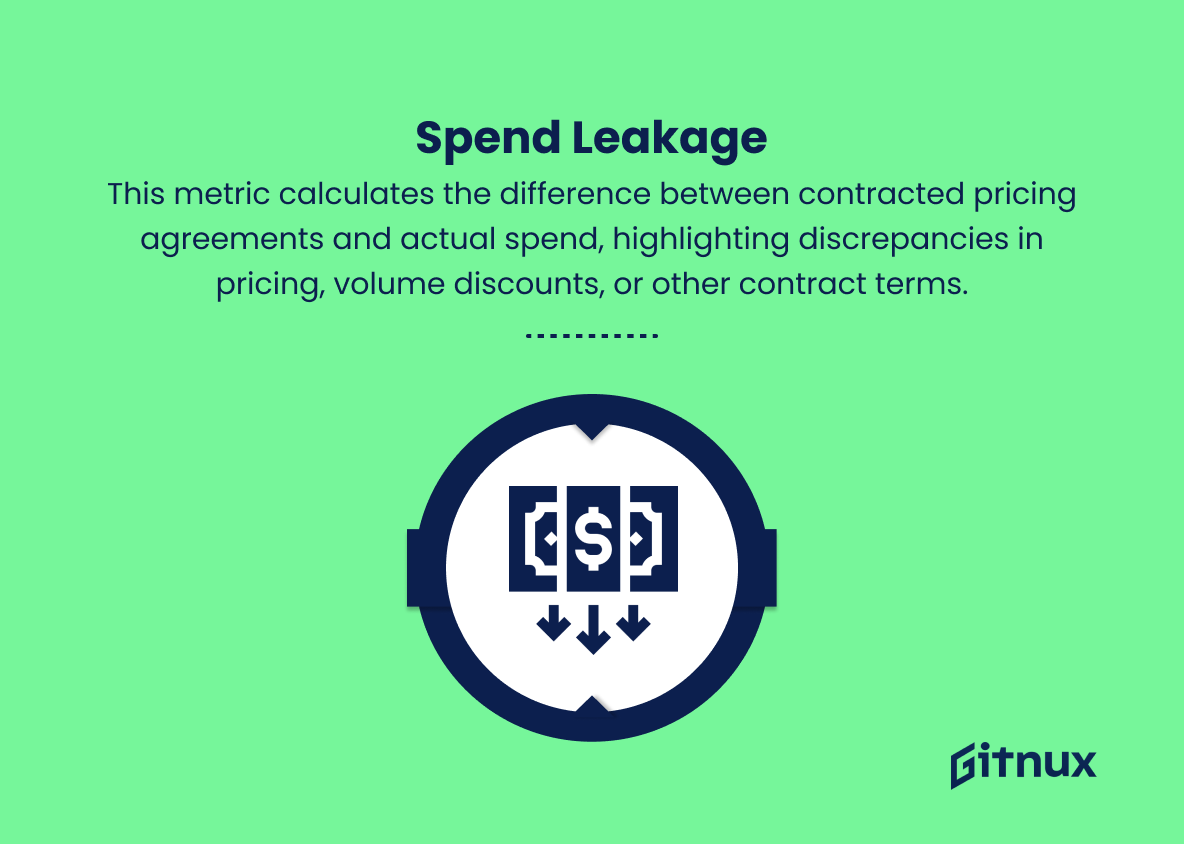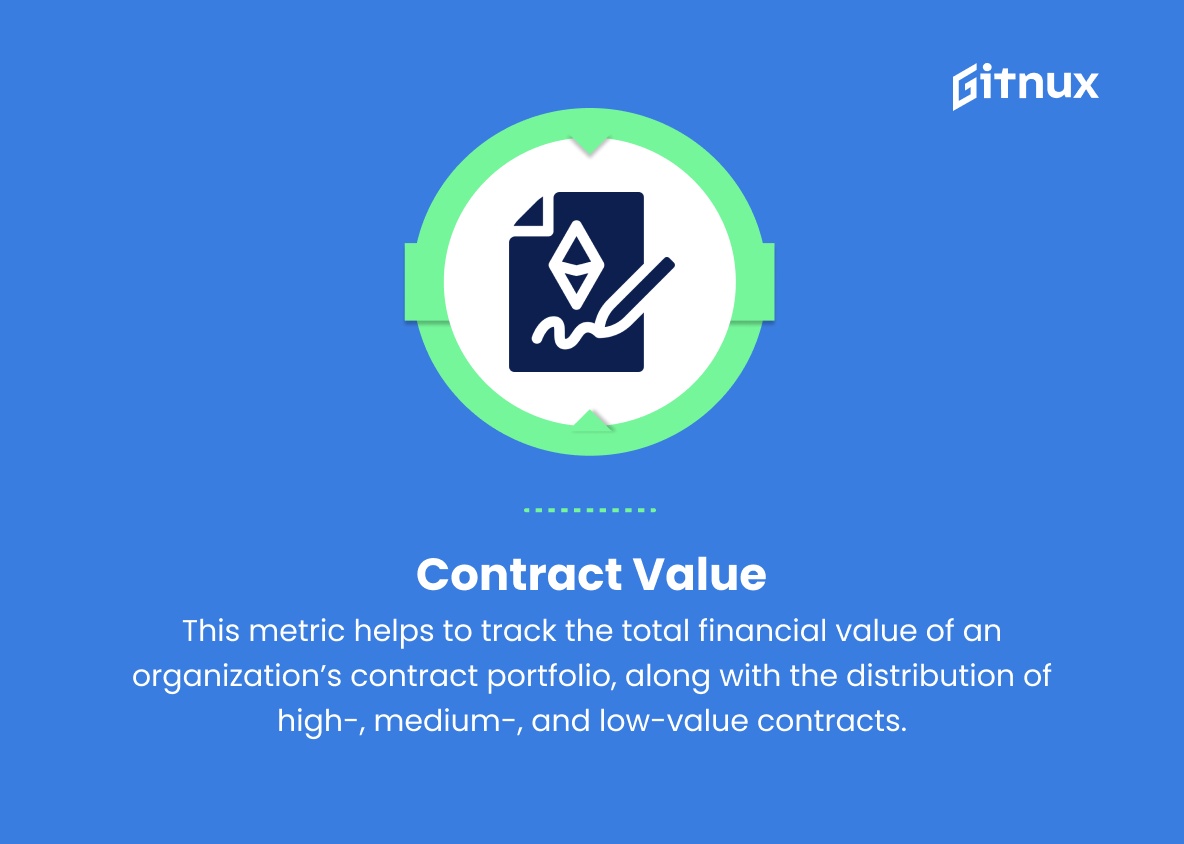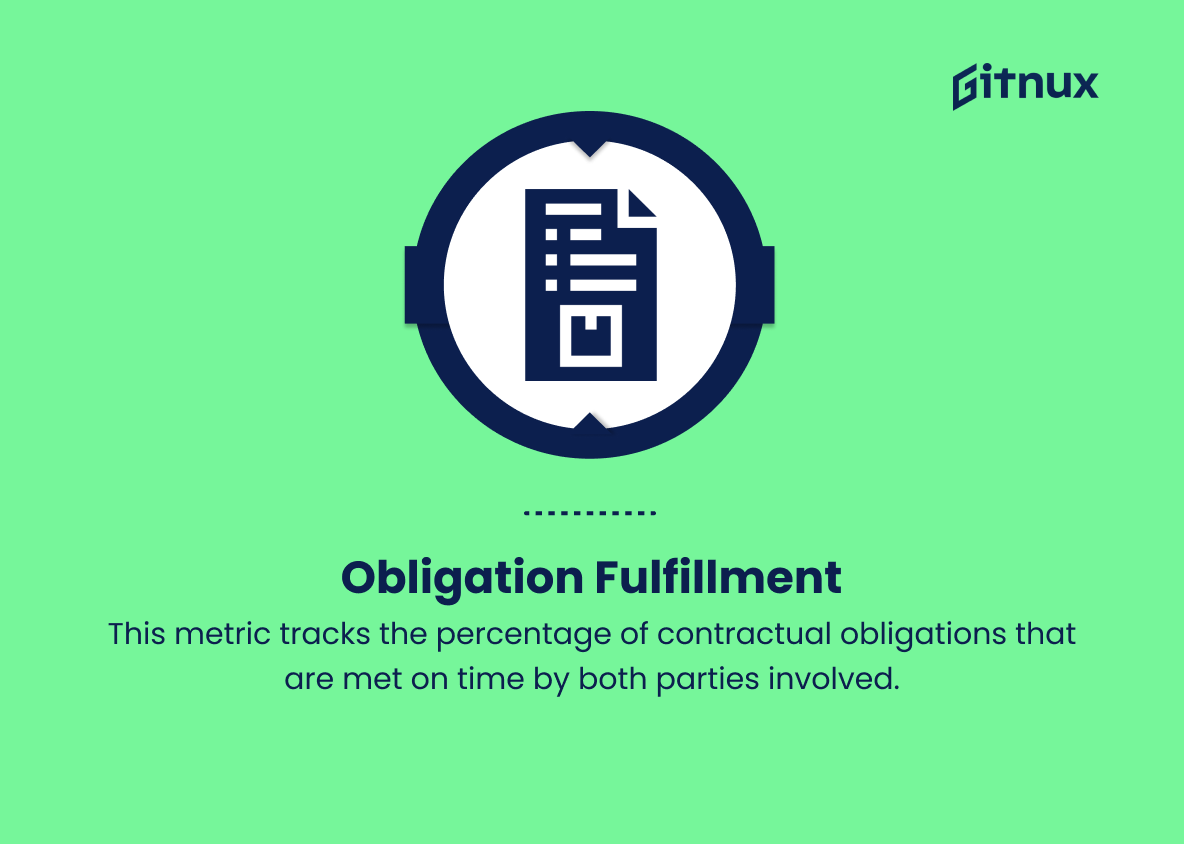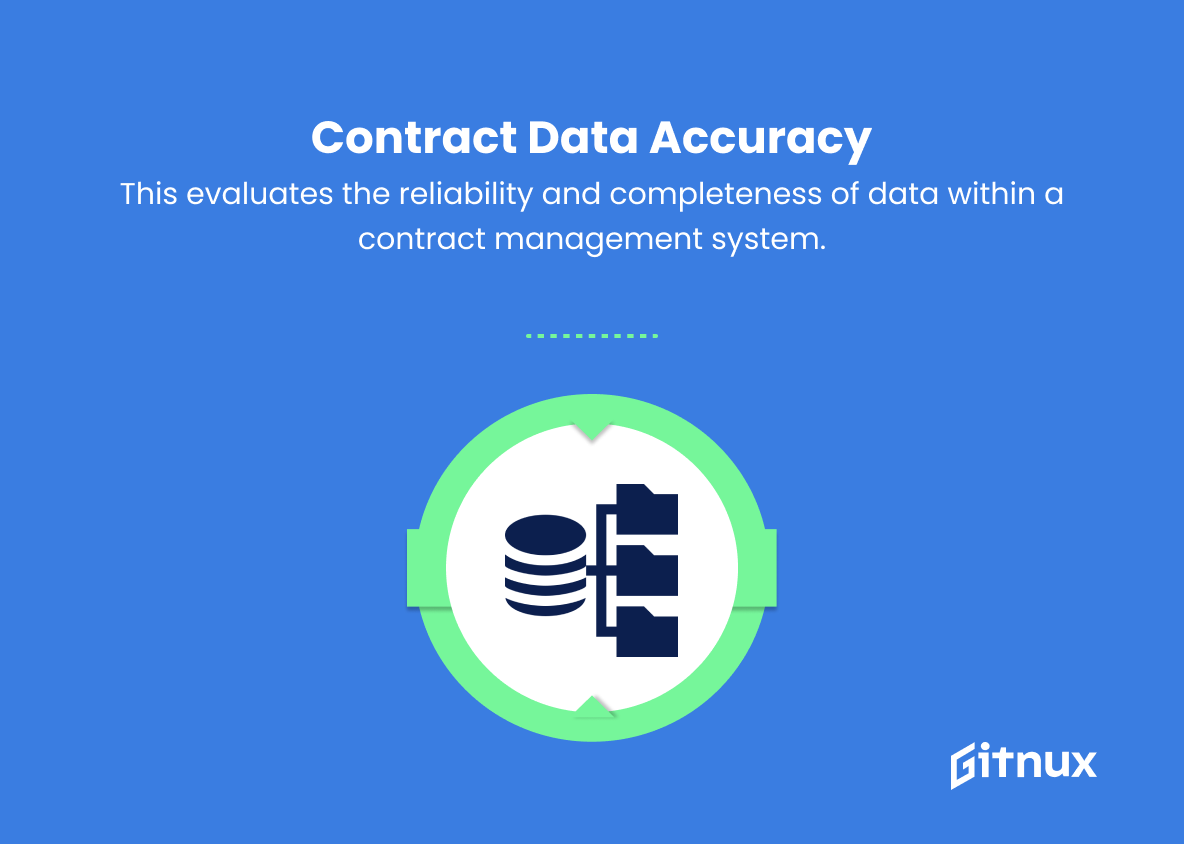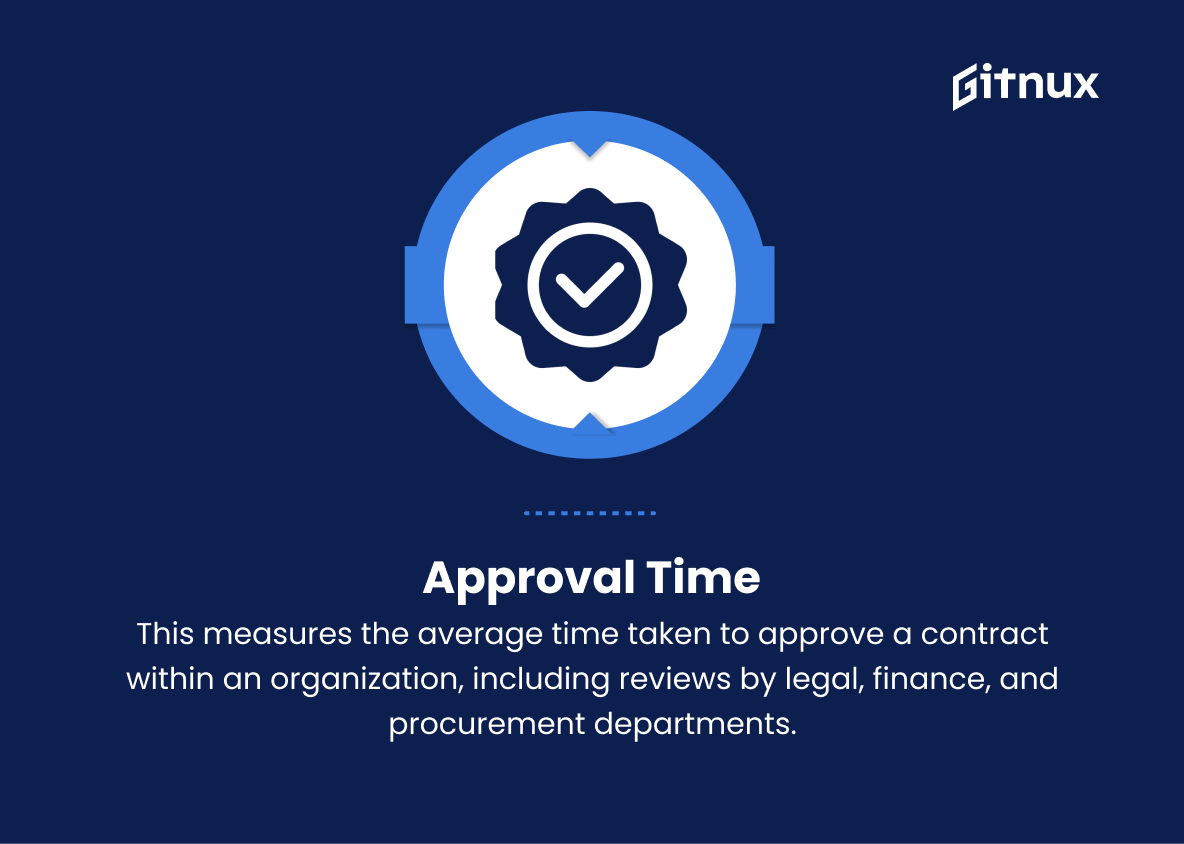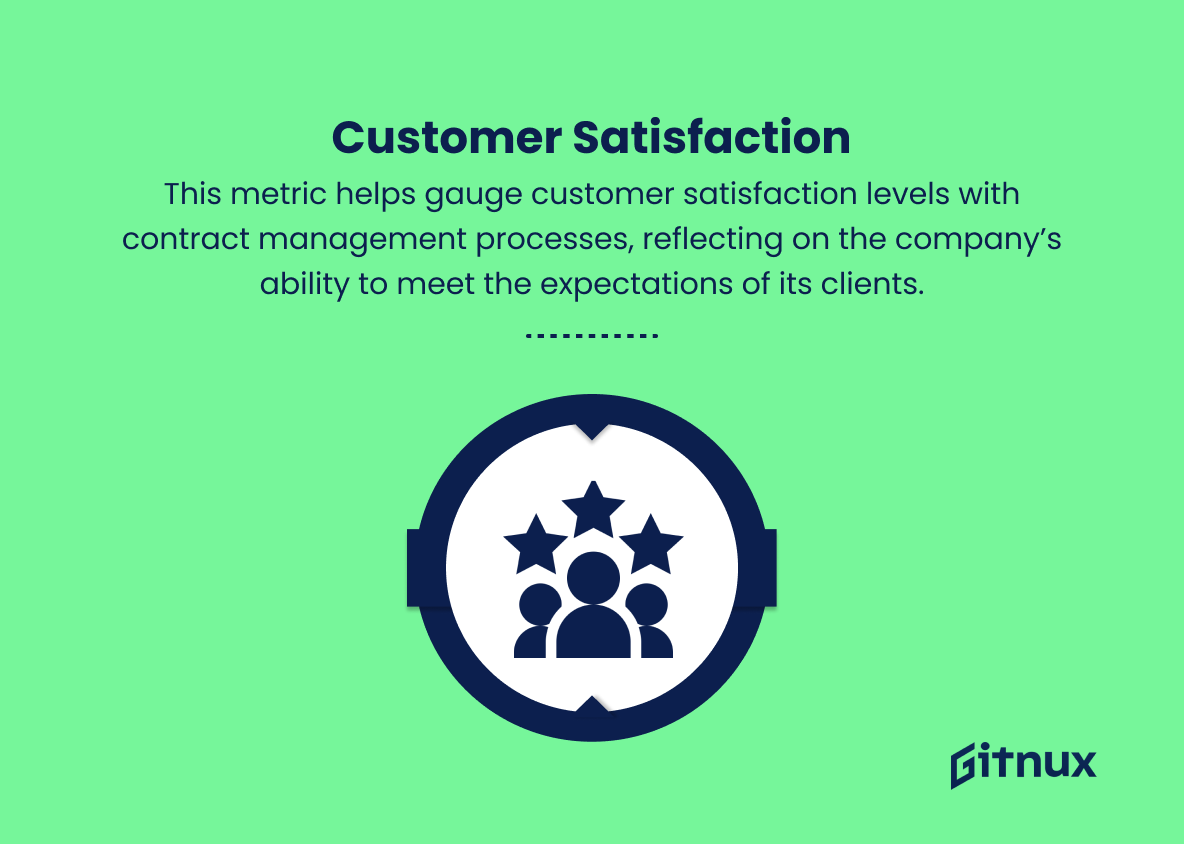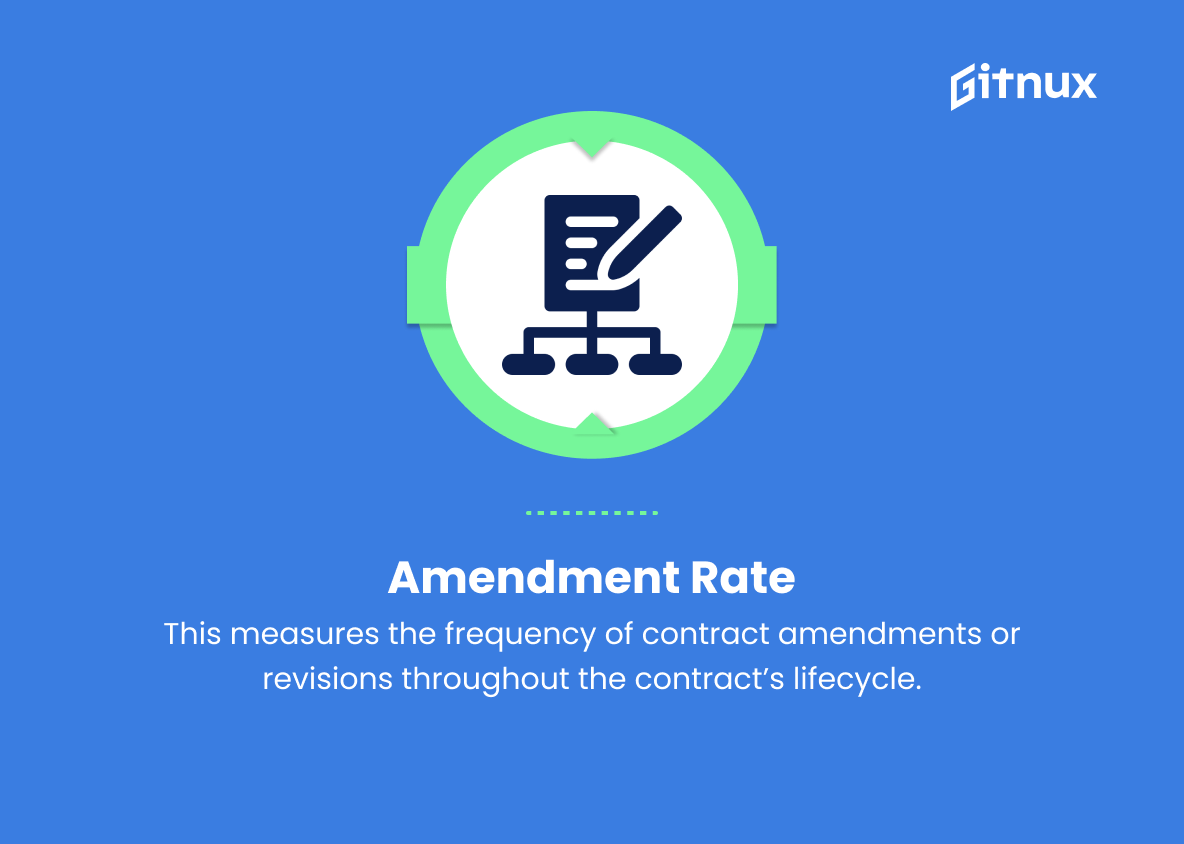In today’s fast-paced and competitive business landscape, efficient and effective contract management is essential for organizations to gain a competitive edge, strengthen partnerships, and minimize legal risks. As contracts form the foundation of various business transactions, it becomes crucial for companies to regularly assess their contract management processes to uncover potential pitfalls, opportunities for improvement, and ultimately, maximize value. One way to achieve this is by leveraging performance metrics.
In this blog post, we will delve into the world of contract management performance metrics, highlighting their importance, various essential metrics to track, and how these crucial data points can significantly contribute to an organization’s overall growth and success. So, let us embark on this journey together to elevate contract management processes to new heights of efficiency and effectiveness.
Contract Management Performance Metrics You Should Know
1. Contract Cycle Time
This metric measures the time taken from the beginning of the contracting process to its completion, including negotiation, drafting, approval, and execution. A shorter cycle time indicates a more efficient contract management process.
2. Contract Compliance Rate
This calculates the percentage of contracts that adhere to a company’s policies, procedures, and legal requirements. A higher compliance rate indicates increased contract standardization and reduced risks.
3. Spend Under Management
This metric represents the percentage of a company’s total spend, monitored and controlled by the contract management system. A higher percentage suggests better cost control and spending optimization.
4. Savings Realization Rate
This refers to the percentage of projected savings from contracts that are actually achieved. A higher rate indicates that the organization is effectively utilizing contracts to reduce costs.
5. Contract Renewal Rate
This measures the proportion of contracts that are renewed rather than terminated at their end-date. A higher renewal rate signifies better contract management and increased satisfaction among parties involved.
6. Vendor Performance Metrics
These evaluate the performance of vendors or suppliers against expectations outlined in their contracts. Metrics may include on-time delivery, product/service quality, innovation, and responsiveness.
7. Contract Dispute Resolution Time
This measures the average time taken to resolve contractual disputes. A shorter resolution time indicates an efficient resolution process and reduced risks associated with disputes.
8. Spend Leakage
This metric calculates the difference between contracted pricing agreements and actual spend, highlighting discrepancies in pricing, volume discounts, or other contract terms. Lower spend leakage indicates better contract management and cost savings.
9. Contract Value
This metric helps to track the total financial value of an organization’s contract portfolio, along with the distribution of high-, medium-, and low-value contracts. Monitoring contract value aids in identifying strategic contracts and resource allocation.
10. Contract Visibility
This measures the percentage of contracts that are stored and accessible within a centralized contract repository. Greater visibility helps in contract tracking, risk management, and compliance.
11. Obligation Fulfillment
This metric tracks the percentage of contractual obligations that are met on time by both parties involved. A higher rate reflects better relationship management and improved contract performance.
12. Contract Data Accuracy
This evaluates the reliability and completeness of data within a contract management system. High data accuracy ensures better decision-making and risk management.
13. Approval Time
This measures the average time taken to approve a contract within an organization, including reviews by legal, finance, and procurement departments. Shorter approval times indicate increased efficiency and responsiveness.
14. Customer Satisfaction
This metric helps gauge customer satisfaction levels with contract management processes, reflecting on the company’s ability to meet the expectations of its clients.
15. Amendment Rate
This measures the frequency of contract amendments or revisions throughout the contract’s lifecycle. A lower rate indicates better initial drafting and negotiation, resulting in fewer changes during the contract term.
Contract Management Performance Metrics Explained
Contract Management Performance Metrics play a critical role in evaluating the efficiency and effectiveness of a company’s contracting process. A shorter Contract Cycle Time signifies greater efficiency in drafting, negotiating, and executing contracts. The Contract Compliance Rate measures the organization’s ability to standardize contracts and minimize risks, while Spend Under Management, Savings Realization Rate, and Spend Leakage evaluate the company’s cost control and spending optimization.
A higher Contract Renewal Rate indicates better relationships and increased satisfaction between parties, and Vendor Performance Metrics help ensure that vendors meet their contractual obligations. Efficient dispute resolution is critical, with Contract Dispute Resolution Time acting as a measuring stick. Tracking Contract Value and Contract Visibility aids in resource allocation, risk management, and monitoring of strategic contracts.
Obligation Fulfillment emphasizes the importance of adhering to contractual obligations, and Contract Data Accuracy ensures data reliability for better decision-making. Approval Time evaluates internal efficiency and responsiveness, while Customer Satisfaction and Amendment Rate focus on meeting client expectations and reducing contract revisions. Together, these metrics ensure that an organization’s contract management processes remain effective and contribute to its overall success.
Conclusion
In conclusion, effective contract management performance metrics are essential for organizations looking to optimize and streamline their contract lifecycle, mitigate risks, and improve collaboration with vendors and partners. By focusing on the key performance indicators, such as contract cycle time, compliance rates, financial performance, and vendor performance, organizations can make well-informed decisions that positively impact their bottom line. Adopting a consistent and methodical approach in measuring, analyzing, and enhancing contract management processes will ultimately result in more successful contracts and stronger business relationships, driving overall organizational growth and success.
